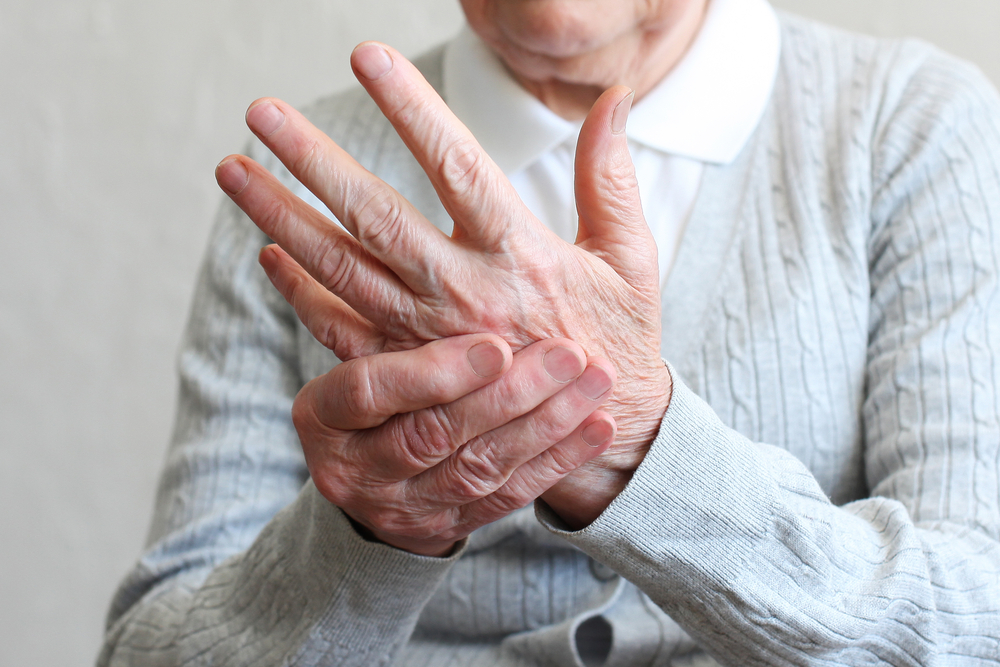The joints in our body exist where two or more bones meet. For example, the knee joint is formed by the meeting of the bones in our lower leg, the tibia and fibula, with the bone of our upper leg, the femur. Cartilage, which is a soft tissue that covers the ends of bones, allows joints to move smoothly, freely, and without the friction that accompanies direct bone-on-bone contact.
There are two major categories of arthritis. The first is the “wear and tear” type that occurs through the natural aging process or constant, repetitive use. The other major type of arthritis is caused by inflammation and can be the result of one of many inflammatory processes. Regardless of the cause, the end result is joint inflammation which, in turn, leads to pain, swelling, and stiffness.
Osteoarthritis, the most common type of arthritis, is the result of overuse, trauma, or degeneration of the joint cartilage that occurs with age. With osteoarthritis, the cartilage that covers the end of bones gradually wears away and, as bone begins to rub on bone, the joint begins to become painful and inflamed. This type of arthritis is typically more painful in the weight-bearing joints (knee, hip, and spine).
In the case of rheumatoid arthritis, it should be noted that it is a long lasting disease that affects roughly 1% of the population as a whole. Women are three times more likely to develop rheumatoid arthritis than their male counterparts. With rheumatoid arthritis, the body’s immune system basically turns on itself. It begins to produce substances that attack the body, causing the joint lining to swell and invade surrounding tissues. Rheumatoid arthritis can affect any joint in the body, including the spine, and cause severe swelling, pain, and stiffness. Rheumatoid arthritis that arises in childhood is known as juvenile rheumatoid arthritis and causes similar symptoms in children.
Arthritis can have severe impacts on the daily lives of those who suffer with it, and it’s not something to be taken lightly. In part 2 of this blog series, we’ll look at how arthritis is diagnosed as well as the different treatment options available.

